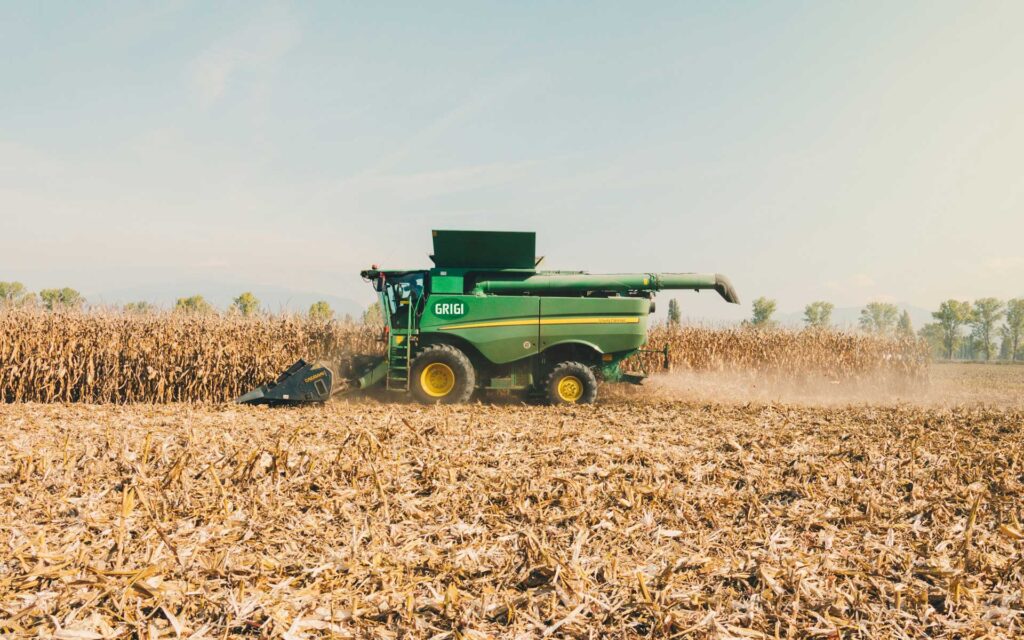The speed rating of a tyre is the maximum speed that it can safely tolerate when running at the approved load capacity. The rating is given as a letter and each letter represents a different speed. This rating exists to ensure the safety of your tyres.
Speed ratings range from A1 to ZR and may differ depending on the brand of the tyre. The system is based on the European use of kilometres but could be converted to miles per hour if necessary. The speed ratings are established by engineers who run the tyres in ten-minute increments until the desired speed has been met.
The speed ratings by letter are outlined below:
A1-A8 corresponding to 5-40KM/H
B corresponding to 50KM/H
C corresponding to 60KM/H
D corresponding to 65KM/H
E corresponding to 70KM/H
F corresponding to 80KM/H
G corresponding to 90KM/H
J corresponding to 100KM/H
K corresponding to 110KM/H
L corresponding to 120KM/H
M corresponding to 130KM/H
N corresponding to 140KM/H
P corresponding to 150KM/H
Q corresponding to 160KM/H
R corresponding to 170KM/H
S corresponding to 180KM/H
T corresponding to 190KM/H
H corresponding to 210KM/H
V corresponding to 240KM/H
W corresponding to 270KM/H
Y corresponding to 300KM/H
VR corresponding to >210KM/H
ZR corresponding to >240KM/H
Tyres with a speed rating of V – ZR are typically for sports cars. L-rated tyres are primarily for off-road and light trucks. R is primarily for heavy-duty light trucks. S and T are primarily for family sedans and SUVs. U is primarily for sedan vehicles.
Tyres with larger diameters often also have a higher speed rating because they are intended for use on higher-performance cars so need to be able to handle higher speeds.
For most modern cars, the tyre rating is not the same as the maximum speed the vehicle is capable of. For example, most family cars will have a tyre speed rating that is higher than the car’s maximum speed. This is mainly for safety reasons and so that the performance of the tyres always exceeds the maximum performance of the car. A higher speed rating means that the tyre can cope with acceleration, braking, and high-speed cornering.
Why are speed ratings important?
When travelling at higher speeds your wheels turn faster, and more heat is subsequently generated. It is important, therefore, that the chosen tyres can cope with this.
Speed ratings are not exclusively about speed – they are also about ride comfort, tread wear, traction, and cornering ability. A tyre with a higher speed rating will give better grip and stopping power but may not last as long and may not perform as well in cold weather. V, W, Y, and Z-rated tyres, therefore, tend to be better suited to high-performance vehicles driven in warmer climates.
Can I fit tyres with a higher speed rating?
Yes, this is fine. If changing tyres, there are no issues with fitting models that have a higher speed rating than your current ones.
Can I fit tyres with a lower speed rating?
No, you should NEVER do this. Using a tyre with a speed rating that is too low for the car increases the risk of tyre failure at high speeds. Also, doing this can potentially invalidate your insurance.














